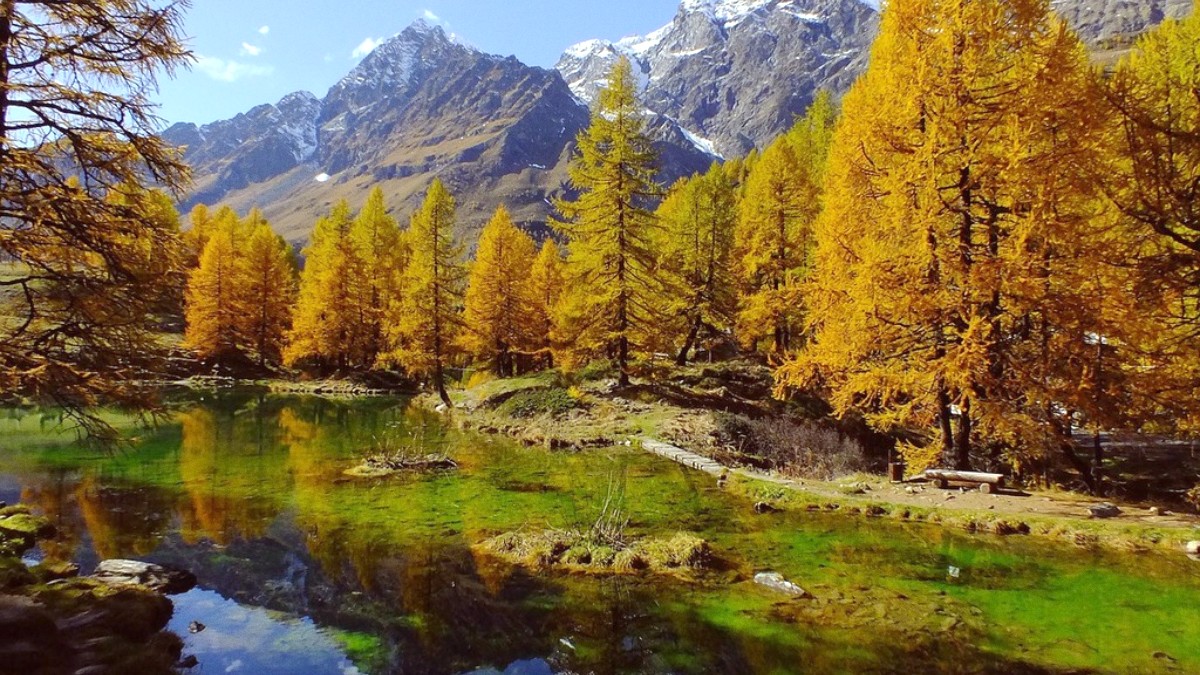
Liguria Piedmont And Valle Daosta, Italy
Italy's major mobile providers are TIM, Vodafone, WindTre, and Iliad. Purchase local SIM cards at their official stores in Aosta (passport needed). Consider an eSIM for ease.
Wi-Fi is widely available in hotels, most restaurants, and cafes in Aosta. Free public Wi-Fi networks in some city zones. Post offices ("Poste Italiane") are in Aosta and larger towns.
Official languages are Italian and French. Valdôtain dialect is also spoken. English is less widespread than in major Italian cities, but common in tourist areas.
Learning a few basic phrases in both Italian and French will greatly enhance your interactions.
For cost-effective data, consider purchasing a local SIM or an eSIM upon arrival.
Familiarize yourself with typical operating hours to plan your days efficiently.
Generally 9:00 AM - 1:00 PM and 3:30 PM (or 4:00 PM) - 7:30 PM (or 8:00 PM), with a "pausa pranzo."
Lunch 12:30 PM - 2:30 PM. Dinner 7:30 PM - 10:00 PM. Many close between periods.
Most operate 9:00 AM or 10:00 AM to 5:00 PM or 6:00 PM. Many are closed on Mondays.
Banks operate Monday to Friday, typically 8:30 AM - 1:30 PM and a short afternoon opening. ATMs ("Bancomat") are widely available 24/7.
On public holidays, most businesses, banks, and public services close. Plan accordingly.
Check specific opening times for attractions and mountain facilities, especially during shoulder seasons.
Interacting respectfully with local culture enriches your travel experience.
A handshake is common when meeting new acquaintances. Close friends and family often greet with a kiss on each cheek.
Casual dress is acceptable for most situations. For nicer restaurants, smart casual is appropriate.
Wait to be seated in restaurants unless directed otherwise. Meals are a social affair; service is at a slower pace.
Photography is generally permissible in public spaces. Be respectful of personal privacy.
Small gestures of politeness and attempting local phrases greatly enrich your interactions.
For travelers with mobility challenges, accessibility in the Aosta Valley presents varying degrees of ease.
Progress is ongoing, but historical sites and older buildings pose challenges due to stairs, narrow passages, or uneven cobblestone streets.
Some sites in Aosta and the surrounding valley offer accessibility features.
Public transportation is slowly adopting more accessibility features.
Services for travelers with visual or hearing impairments may be limited.
In Aosta or the broader Aosta Valley region, ask for details on accessible attractions, accommodations, and transportation.
Online forums and organizations provide valuable information and peer advice for accessible travel to Italy.
Careful planning and direct communication with service providers greatly enhance your accessible travel experience.
Pre-arranging specific support or bringing personal assistance devices can greatly aid your visit.